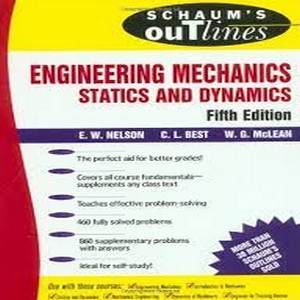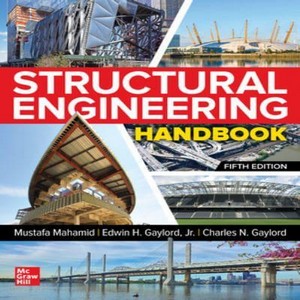Theory and problems of engineering mechanics statics and dynamics fifth edition
by E.W.Nelson, Charles L. Best, W.G. McLEAN
Theory and problems of engineering mechanics statics and dynamics is designed to supplement standard text, primarily to assist students of engineering and science in acquiring a more thorough knowledge and proficiency in analytical and applied mechanics.
Statics is the study of forces on stationary objects. Dynamics is the study of forces on moving bodies. These are the analytical tools used by the design engineer. The aims of the course are therefore two-fold. It is described in Theory and problems of engineering mechanics statics and dynamics.
Engineering mechanics applies the principle of mechanics to design, taking into account the effects of forces. Statics deal with the condition of equilibrium of bodies acted upon by forces. A rigid body is defined as a definite quantity of matter, the parts of which are fixed in position relative to each other.
Dynamics is a course in engineering mechanics which is concerned with the motion of bodies under the action of forces. The study of dynamics has numerous engineering applications; the mechanical design of an automobile or bicycle, the path of a projectile, or even the design of highways.
Static and dynamical mechanical systems are the heart of all engineering today. The static systems range from bridges, load bearing members of roofs to fasteners and bolts. Dynamical systems are also ubiquitous in the form of machines which convert electrical energy to mechanical energy.





Reviews
There are no reviews yet.